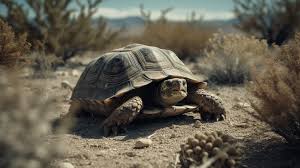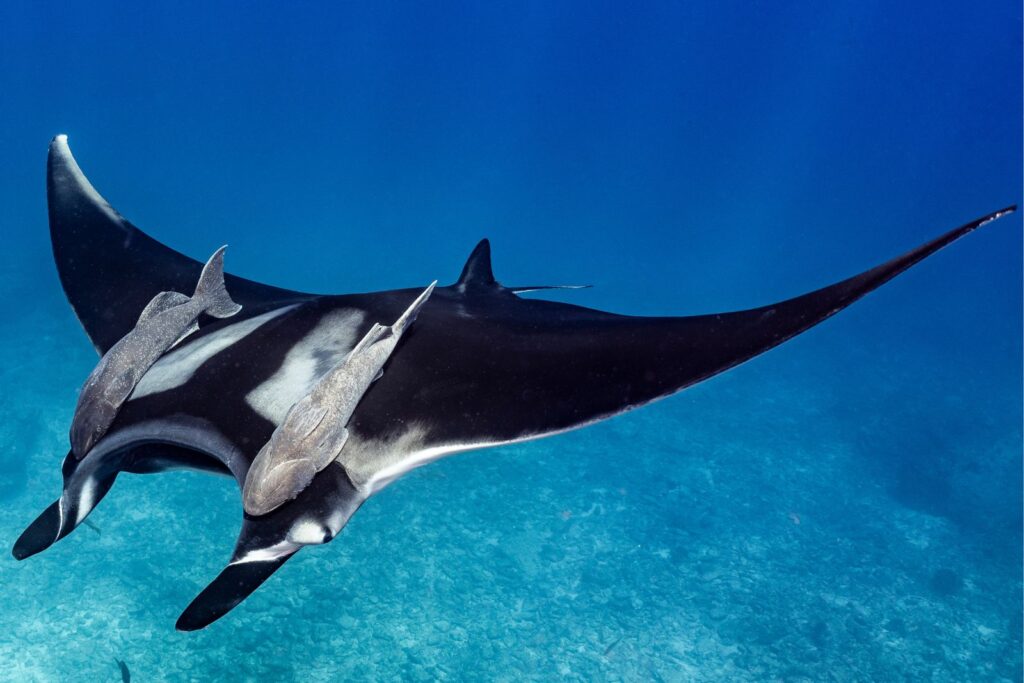Desert Tortoise: Surviving in Arid Landscapes

The desert tortoise is a testament to survival in the harshest of environments. Here's a glimpse into its remarkable adaptations:
Habitat and Range:
Found in the arid regions of the southwestern United States and northern Mexico, desert tortoises inhabit a variety of desert habitats, from sandy dunes to rocky outcrops. Their ability to withstand extreme temperatures and scarcity of water makes them well-suited for life in these challenging landscapes.Physical Characteristics:
Desert tortoises are equipped with several adaptations for desert life. Their thick, scaly skin helps reduce water loss, while their ability to store water in their bladder allows them to survive for long periods without drinking. Their sturdy limbs and sharp claws enable them to navigate rugged terrain with ease.Diet and Feeding Habits:
Primarily herbivorous, desert tortoises feed on a variety of desert plants, including grasses, herbs, and cacti. Their efficient digestive systems allow them to extract moisture and nutrients from tough, fibrous vegetation, supplementing their water intake from food sources.Behavior and Survival Strategies:
During the hottest part of the day, desert tortoises seek refuge in underground burrows to escape the scorching sun. These burrows provide insulation from extreme temperatures and protection from predators. During periods of drought, they enter a state of dormancy, conserving energy until conditions improve.Conservation Status:
Despite their remarkable adaptations, desert tortoises face numerous threats, including habitat destruction, fragmentation, and human encroachment. Conservation efforts are crucial for protecting these iconic reptiles and the fragile desert ecosystems they inhabit.The desert tortoise serves as a resilient survivor in some of the planet's most unforgiving environments. By understanding and appreciating their unique adaptations, we can work towards ensuring their continued existence and the preservation of their fragile desert habitats.
